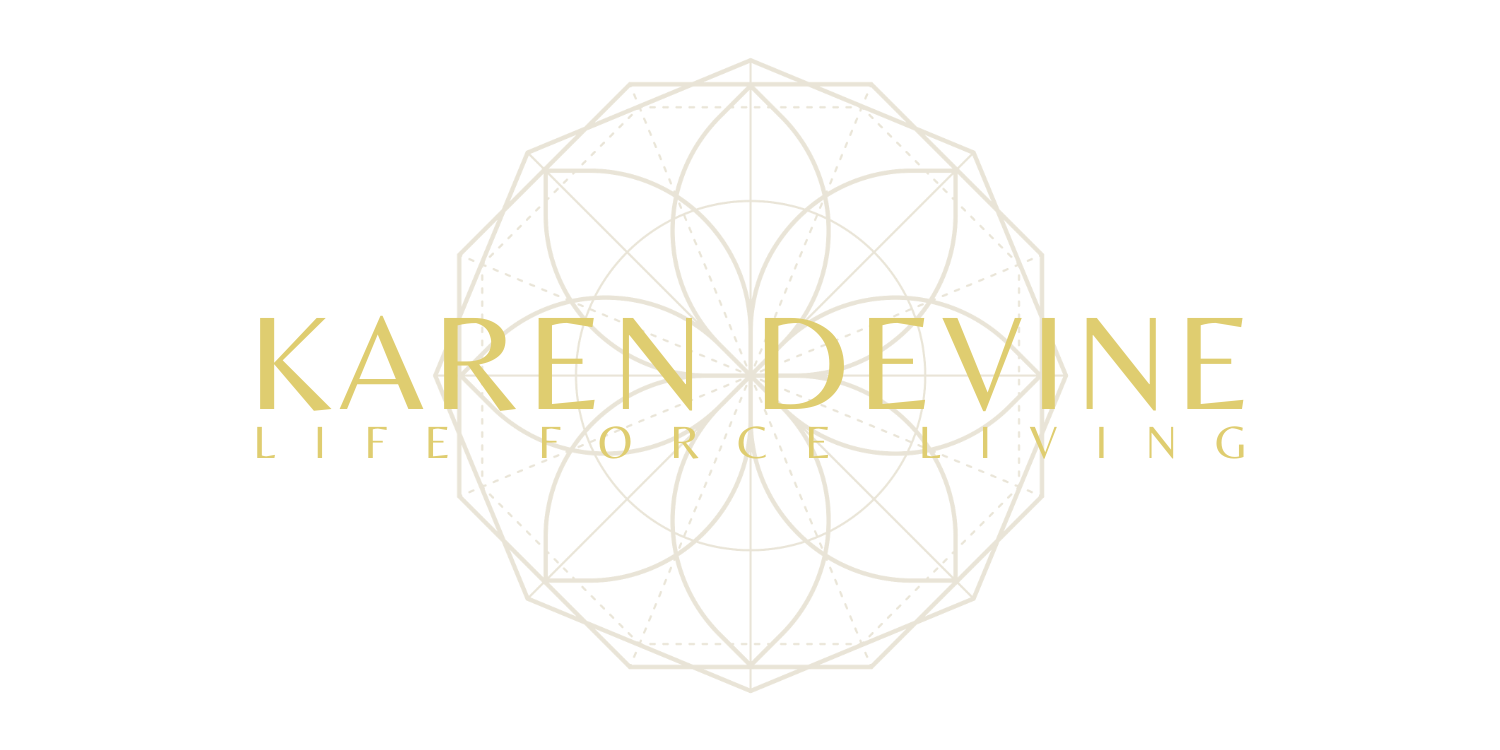SUNGLASSES and circadian health
Spring has Sprung, this is the time of year that we can start to lap up the longer days as the sun grows stronger and shines for many more hours. It’s also time for us to prepare our body for the summer ahead so our body can absorb sunlight safely and effectively.
Getting out in the spring sunshine helps build up our levels of melanin which helps the skin to thicken and allows us to handle more of the UV radiation safely.
When we start with short sessions in the morning (before 11am) or late afternoon (after 4pm) it not only supports the production of Vitamin D, but it also stimulates the production melanin which is a natural pigment produced by cells called melanocytes found in the skin, hair and eyes.
Melanin acts as our body’s build-in defense system against ultraviolet (UV) radiations from the sun, this extra pigment absorbs and scatters UV rays, helping to protect our skin from DNA damage which over time leads to sun damage/burn, premature skin ageing and has been linked to skin cancer. This protective response is what we commonly refer to as getting a tan.The less melanin the quicker we burn!
We need this time to prepare our skin for summer otherwise stepping out into full summer sun can cause burning very quickly.
Our body runs on the natural light signals, yet we spend too little time outdoors, slather on sun cream too quickly and worse, wear sunglasses most of the day.
We need to be respectful of the sun’s rays, covering up with appropriate clothing and/or using ‘natural non-toxic’ sunscreen for protection after we have had some safe sun time. However we still need the natural light signalling for health, we don’t want to cover that up and here’s why -
Our body runs on a 24-hour clock cycle, known as the Circadian Rhythm , the light in our environment tells us what time of day it is. This signalling (see my previous blog) is vital for the production of hormones, neurotransmitters and other chemicals that we need for mitochondria function and optimal functioning of our cells, tissues and organs.
When we get outside first thing in the morning, our eyes pick up the various wavelengths of light and feeds that information to the brain. When we cover up the eyes with regular glasses, contact lenses and/or sunglasses we block these important light signals. How often do you see someone grab a coffee and sit outside with their sunglasses on in the morning?! This is probably the worst time of the day to do it!!
Sunglasses as designed to block out the invisible UV radiation (UVA and UVB) that can damage the eyes which is important - but there’s a tradeoff. They also block beneficial wavelengths of light that are essential for our circadian rhythm and hormone regulation.
Wearing sunglasses all day, especially in the morning, dampens the signals that regulate our internal clock, affecting the production of key hormones like cortisol (which helps us wake and feel alert) and serotonin (our feel good neurotransmitter which is required for the production of melatonin). Our body relies on strong light signals during the day, when we are light deprived it affects our internal hormonal signalling.
Night follows day, so when the sun goes down, the sunglasses come off and all the unnatural blue lights from bulbs, TVs, mobile phones, computer screens etc rises. This tricks the brain into thinking it is still daytime, suppressing melatonin and other chemicals that then interrupts sleep. Over time this can create hormonal imbalances, disrupts detoxification, regeneration and deep rest - the core processes that keep us healthy.
There are of course situations where sunglasses are needed, such as the unnatural glare when driving, in a place surrounded by white walls bouncing off too much light, on a beach, skiing, in water etc.
For those with light sensitivity (photophobia) watery eyes or other eye condition sunglasses are essential, but getting some light exposure is vital for our health. It is also important that blocking the blue light exposure is also lessened significantly (the unnatural blue light at night).
I personally only wear sunglasses when driving or in the other situations outlined, otherwise you never see me wear them. I prefer to wear a cap or hat that shields my eyes if out and about.
Wearing normal glasses or contacts can also affect light signals so it is important to get out first thing when you can, find a safe place to sit down then take your glasses off and enjoy just sitting in the light environment for 10 mins. You can do this throughout the day, if you are in a safe place to do so. Some glasses and contacts come with built in UV filters which is good for eye protection but it affects the cells in the eye that help to regulate circadian rhythms. Therefore, taking them off a couple of times a day can help.
For many, sunglasses are more of a fashion statement, they can set off an outfit or cover up the eye bags from the late nights!
When we dim the day and light up the night, our biology gets confused, not a healthy cycle for optimal health.

